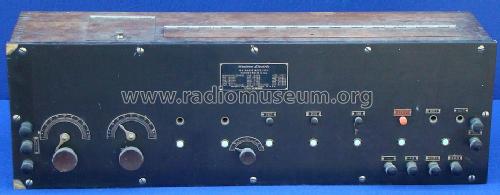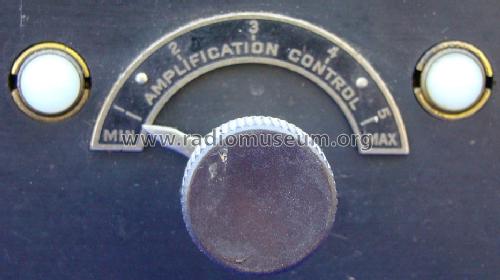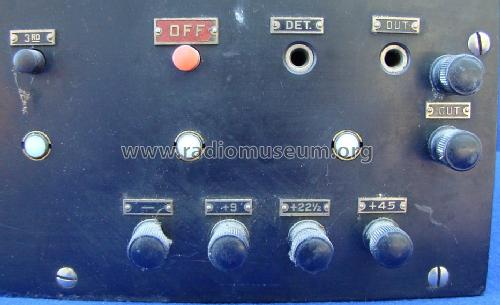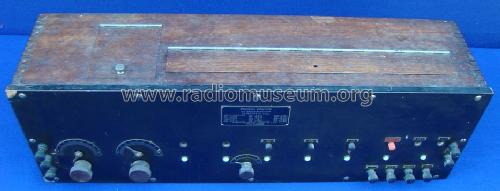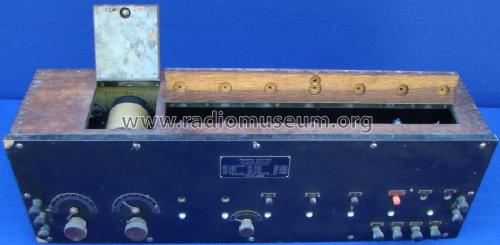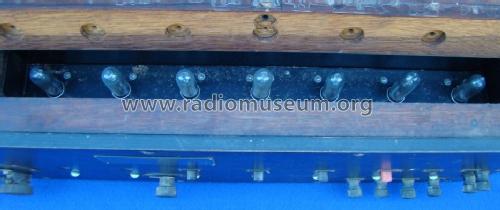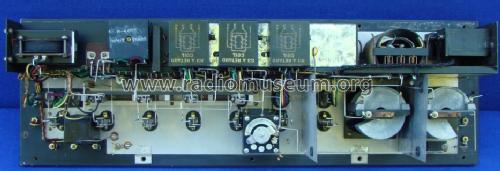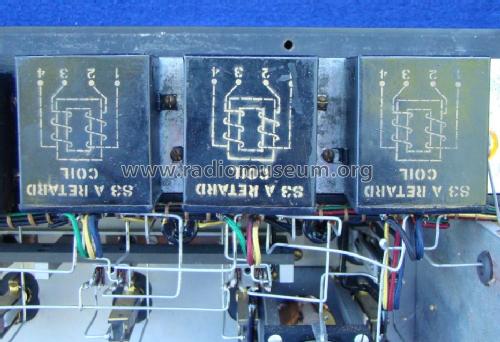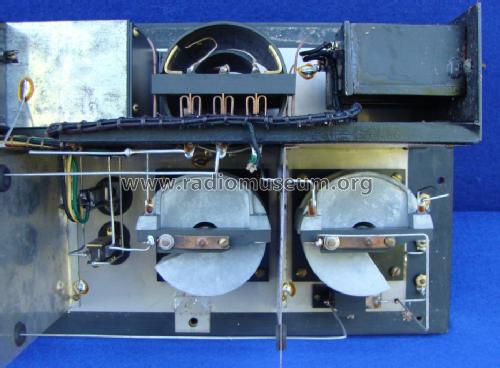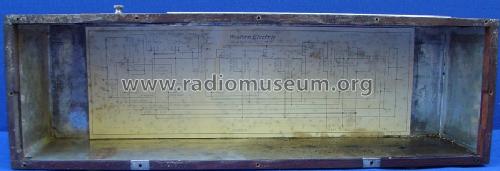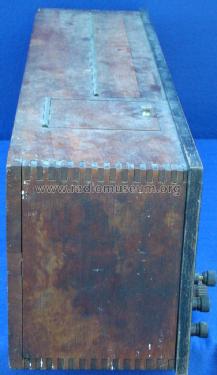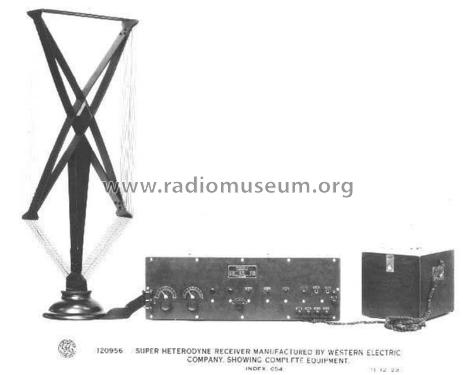- País
- Estados Unidos
- Fabricante / Marca
- Western Electric Company Inc.; New York (NY)
- Año
- 1922
- Categoría
- Radio - o Sintonizador pasado WW2
- Radiomuseum.org ID
- 222014
- Numero de valvulas
- 7
- Principio principal
- Superheterodino en general; 2 Etapas de AF
- Gama de ondas
- OM (onda media) solamente
- Tensión de funcionamiento
- Pilas
- Altavoz
- - Este modelo usa altavoz exterior (1 o más).
- Material
- Madera
- de Radiomuseum.org
- Modelo: 4-A - Western Electric Company Inc.;
- Forma
- Sobremesa, caja, normalmente con tapa (panel no inclinado).
- Ancho, altura, profundidad
- 26.75 x 8.75 x 6.75 inch / 679 x 222 x 171 mm
- Anotaciones
- Western Electric 4-A Superheterodyne Receiver designed by Harald Friis. During his career with the Bell System, Harald Friis contributed substantially to almost every aspect of the radio art. His earliest work was on vacuum tube efficiency. He then worked on ship-to-shore radio reception. In the early twenties he built the very first field measuring set, for the 300 to 400 meter range. He also designed the first commercial double-detection or superheterodyne radio receiver, the Western Electric 4A receiver. Double detection means that there are two "Detector" stages: the first one is the mixer (of signal and oscillator frequency), the second one is for demodulation.
- Mencionado en
- Radio Manufacturers of the 1920's, Vol. 3 (Page 232)
- Autor
- Modelo creado por Alan Larsen. Ver en "Modificar Ficha" los participantes posteriores.
- Otros modelos
-
Donde encontrará 164 modelos, 141 con imágenes y 33 con esquemas.
Ir al listado general de Western Electric Company Inc.; New York (NY)
